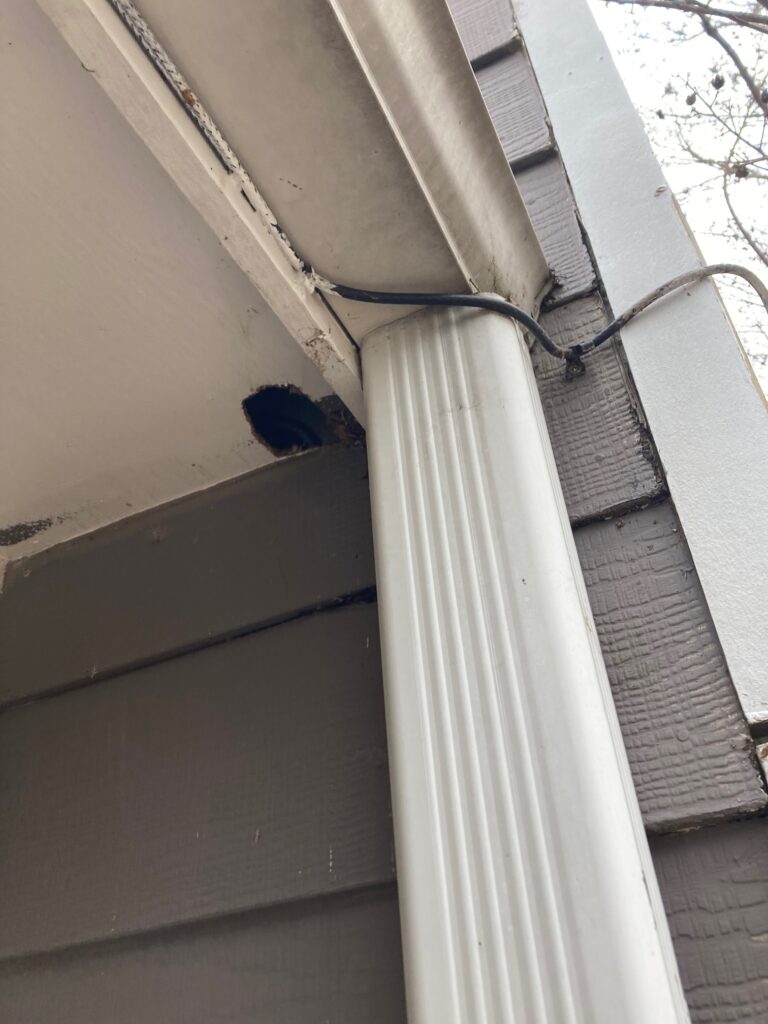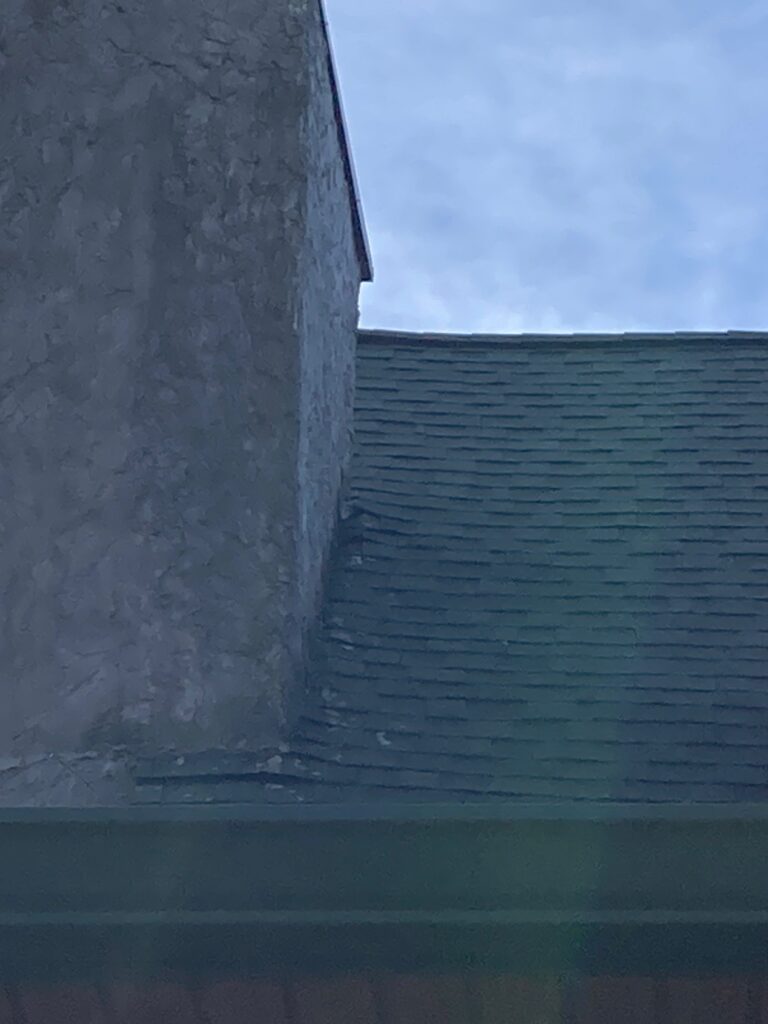Over 65 species of squirrels (Sciuridae) live in North America, and they are some of the most common animals in urban habitats. You’ve probably even seen one today.
Squirrel Problems
Most of the time, squirrels climbing through your trees are not a problem. Squirrels become problematic when they nest inside your house or on your roof. Squirrels will enter your home because competition for resources has increased from unchecked populations, land development eliminates habitats, or even escaping from natural predators like coyotes.
Squirrels easily access your roof by climbing tree branches. They only need a gap the size of a golf ball.
- Soffits – These are the finishing material, mostly made of wood or fiber cement, that covers the underside of a roof overhang. In addition to helping to make the roofline look aesthetically nice, soffits help keep moisture away from the rafters, reducing the chance of mold. Soffits that are not flush with the siding create a gap for squirrels to enter.
- Fascia Boards – These are thin longboards that run along the lower outer edge of a roof, covering the entire roofline. They help keep water out.
- Ridge Vents – Ridge vents are air exhaust vents installed on the peak of a roof that provides continuous exhaust ventilation at the highest part of the attic. Squirrels are attracted to the warm air that comes out of these vents.
- Gable Vents – On a gabled roof, these vents are located at the peak where the two sides meet. They usually have louvers, allowing air to flow into the attic, which works to cool it down in warm weather.
- Roof Returns – This is the part of the roof that doubles back to the wall of the house. It is between the end of the roof and a home’s walls.
- Chimneys – Chimneys conduct smoke and combustion gasses up from a fireplace, stove, or furnace and can run through the attic of a house.
- Siding Corners – This is the trim used to keep your siding in place where the corners meet.
- Gutters – Gutters capture rainwater and melting snow and channel it away from the house. Clogged gutters that prevent precipitation from running will cause deterioration along the roof edge through which a squirrel can enter.
- Plumbing Mats are rubber matting covering cylindrical vents on the roof that connect the plumbing system used to exhaust gasses.
Photos of Squirrel Entry Points & Damage to Exterior
Squirrel holes in metro Atlanta.
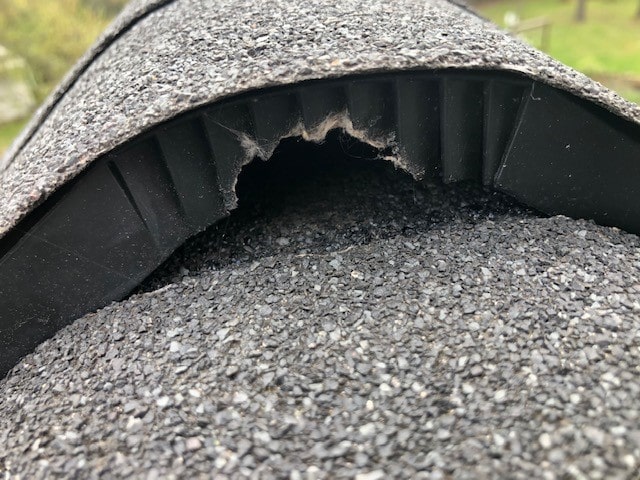
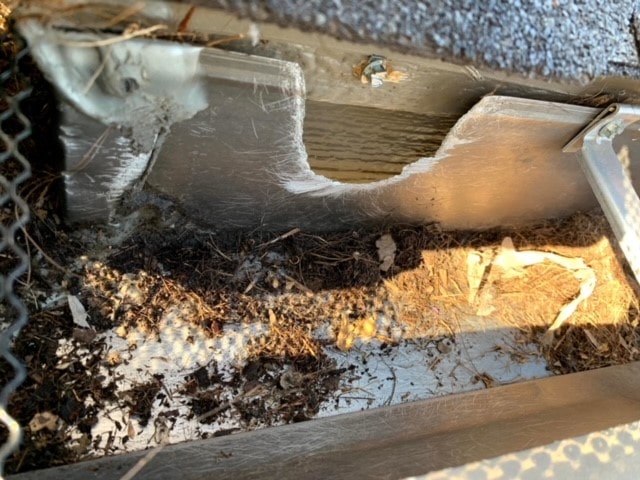
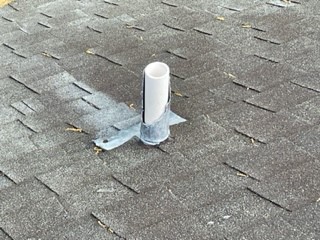
Squirrel Damage
Squirrels are determined creatures and will chew and rip their way into your attic, creating a hole that can let rain and snow enter. Once inside, they will continue gnawing on wood, tearing insulation to use for their nests, and chewing on electrical wires. These chewed wires create a fire hazard. In addition, they will defecate, and this causes rot as well as a health concern. Squirrels also carry parasites such as ticks, mites, and fleas that can infest your home.
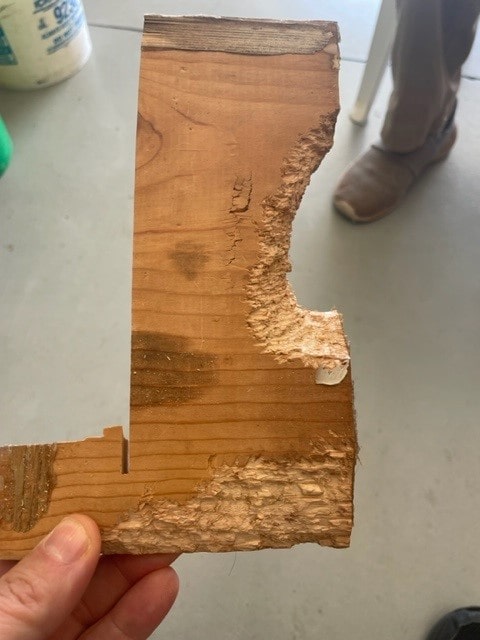
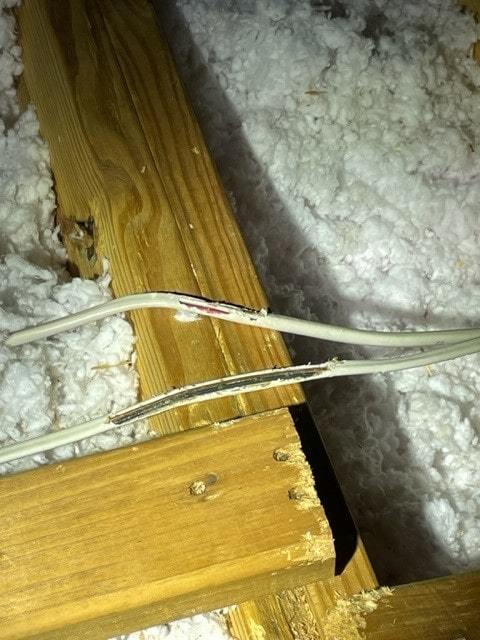
Squirrel Exclusions- the Best Squirrel Control
The best squirrel control is exclusion. Squirrel trapping solves the immediate squirrel infestation. Your home has already been shown to provide ample resources for squirrels. Without exclusion, you are still at risk for future squirrel infestations.
Because squirrels only need a small entry point, finding all the potential weak spots takes skill and experience.
Exclusion methods keep squirrels from entering your home. Squirrel exclusions are a chemical-free squirrel control method that works immediately. Because squirrels can gnaw through plastic, wood, vinyl, and even metals like aluminum, using the right materials for squirrel control is vital.
The most effective exclusion seals the current squirrel entry hole and strengthens other potential entry points. At Critter Control, we seal all vulnerabilities in the roof, soffits, vents, fascia, and chimneys.
The Best Repellents for Squirrel Control
The internet is full of squirrel deterrent products, but none work well. There is no such thing as an effective squirrel repellent. Stores and the internet show products packaged in striking colors that they market as a cure-all.




